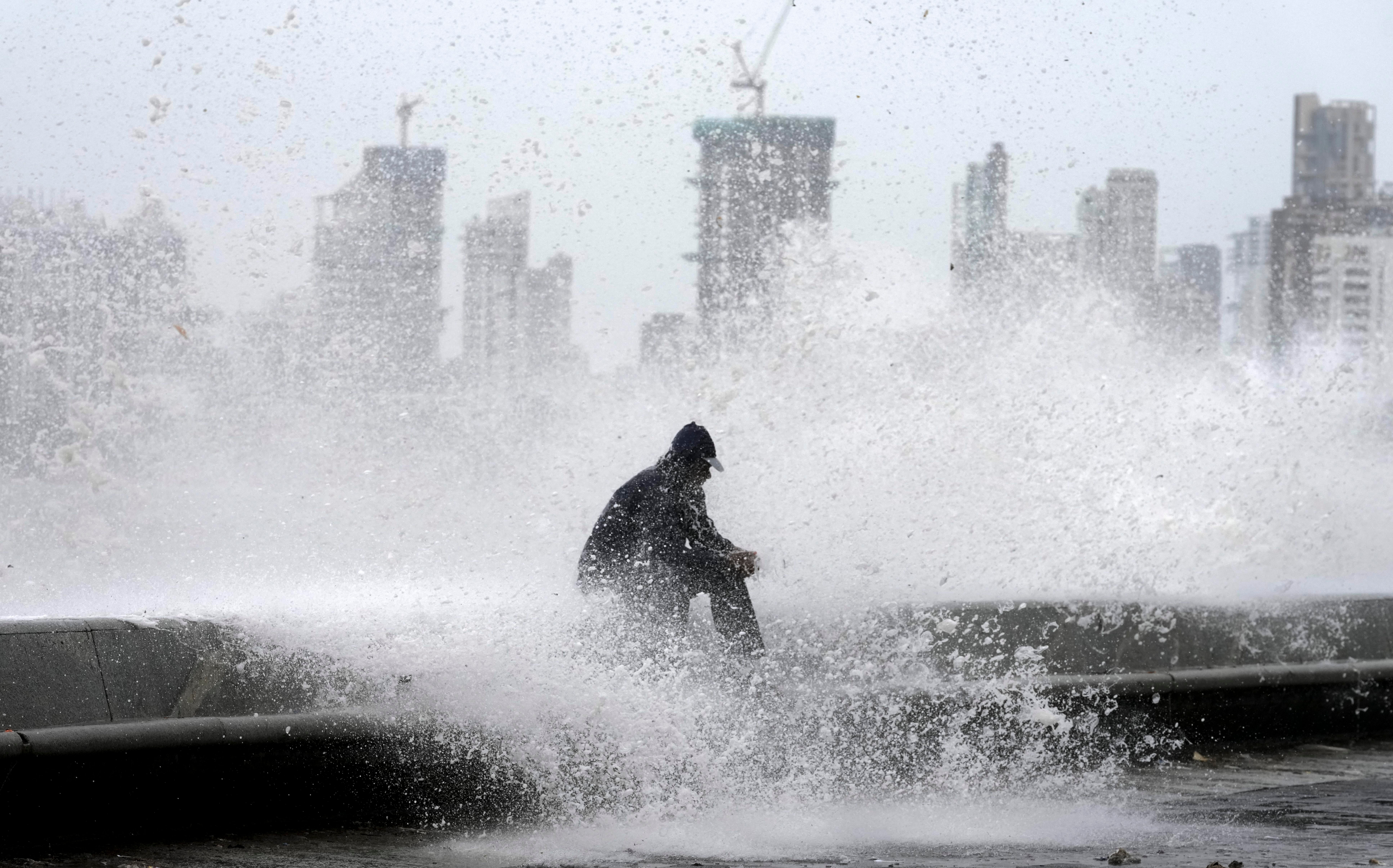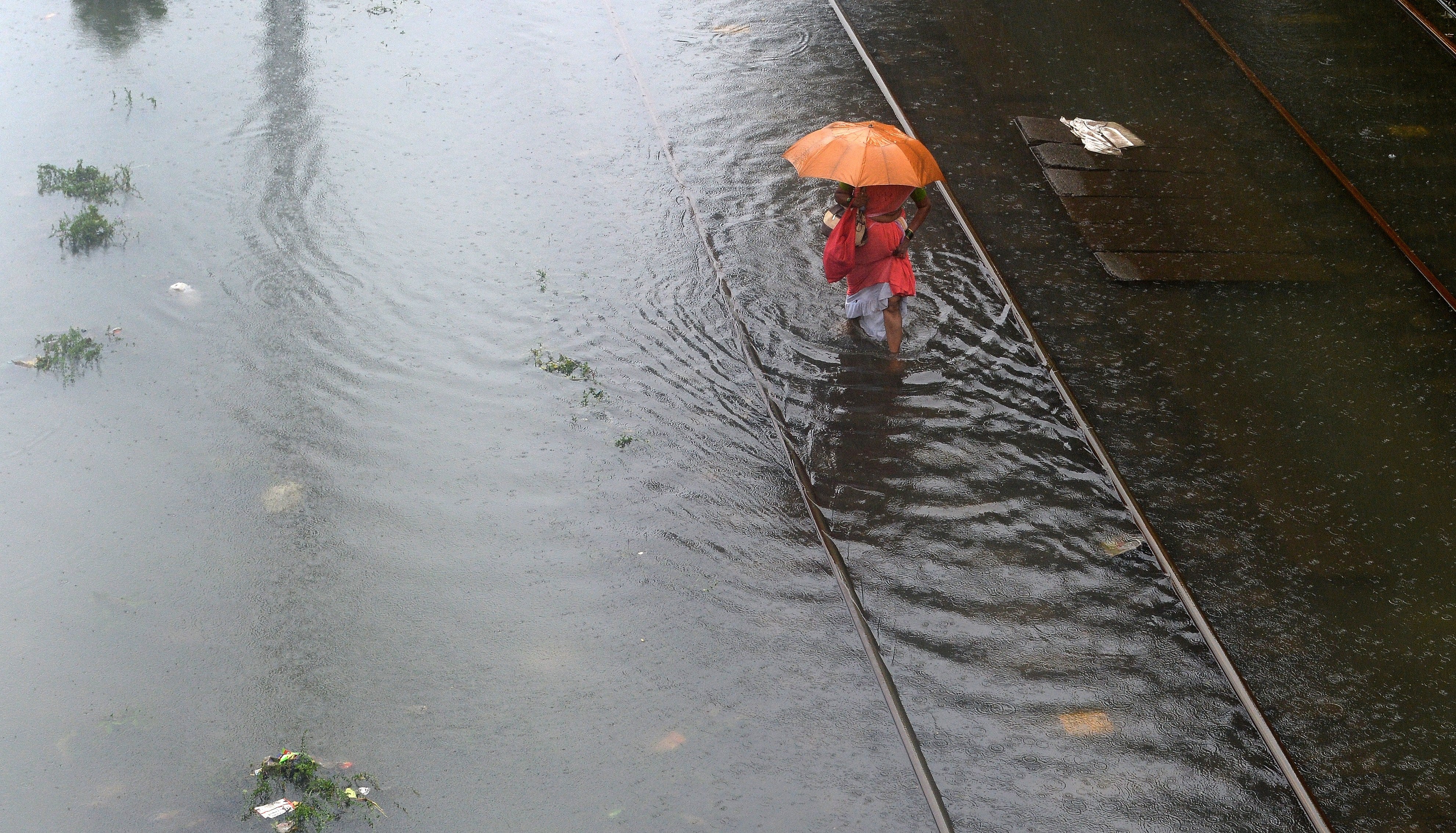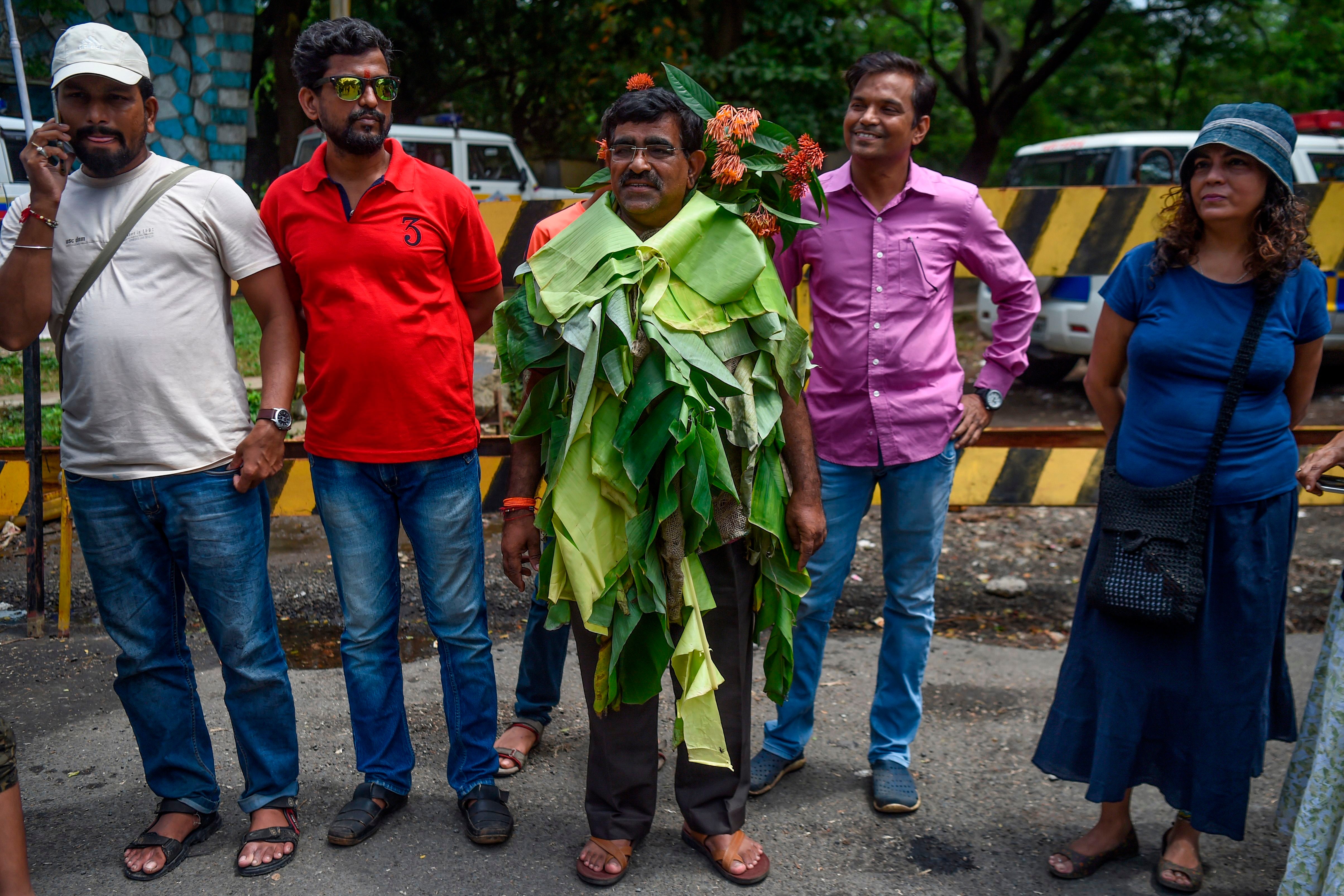Red alert issued in Mumbai as city records 70% of July rainfall in just six days
Even in normal times, Mumbai receives four times the rain London gets in a year – this sesason is set to be far worse

A red alert has been issued for Mumbai as the densely populated metropolis has received 70 per cent of its average July rainfall in just the first six days of the month.
Mumbai usually receives an average annual rainfall of 2,205mm, over four times the amount received by London, making waterlogging a yearly struggle for residents during the peak monsoon month of July.
This year the city has already received rainfall equivalent to 70 per cent, or 634.3 mm, of its average July downpour in the first six days of the month, however.
The figure amounts to 43 per cent of the average yearly rain the city would expect to receive.
A worrying prediction by the India Meteorological Department (IMD) is that the city and its surrounding areas will receive a further 200mm rain on Friday and Saturday, prompting the weather agency to issue the alert.
“We request Mumbaikars to plan their travel and schedules likewise,” the IMD warned, pointing to extremely heavy rainfall in several pockets of the city.
Nearly every monsoon season, residents are reminded of the city’s deadliest floods in 2005, when over 1,000 people were reported dead.
Severe waterlogging this month has led to flooding in central areas, inundating roads in south Mumbai’s crowded Dadar and Sion areas with waist-deep water.
Water supply and transport services, including the local train network that represents an essential lifeline for most residents, have been disrupted. Eastern Mumbai’s Powai lake has also been overflowing due to the constant downpour.

The coastal metropolis, which sits on the Arabian Sea, is also facing the prospect of waves as high as 12ft due to rough seas, leading the municipal corporation to issue an order prohibiting people from visiting beaches.
The department has also warned of the possibility of occasional strong winds reaching 40-50km/h.
The waterlogging issue in India’s financial capital is exacerbated by its ageing drainage system. But scientists said the irregular pattern of monsoon and its rising intensity is partly due to the climate crisis as well.
The Intergovernmental Panel on Climate Change (IPCC) in its report this year categorises Mumbai as being at a high risk of severe flooding and to rises in sea level.
Also read: Bangladesh faces ‘worst flooding in 100 years’ while climate talks in Bonn falter
The city is a hub for job seekers around the country and they often live in makeshift settlements that are at the risk of being hugely impacted by the climate crisis, with large portions of land expected to be underwater in the coming decades.
The threats posed by the climate crisis rarely make it to the state’s political arena. But in April, Mumbai had become the first city in south Asia to come up with a net-zero plan.
The city aims to achieve carbon neutrality by 2050, two decades before India’s announced target of 2070, and added climate resilience, including changes in infrastructure to combat seasonal flooding, as one of its main agendas.
But a recent change in governance has left the fate of the net-zero plan hanging in the balance.
This year’s flooding problems also come on the heels of a recent decision by the new right-wing state government to allow construction in the protected Aarey forest area, sparking protests against the project in the city once again after the project was put on hold by the previous government.

Aarey, also referred to as Mumbai’s Amazon, is a vast mangrove swamp which acts as a natural buffer during floods. But construction in the area in the past few decades has impacted its natural flora and fauna.
Landslides and traffic disruptions on key highways across Maharashtra state, of which Mumbai is the capital, have also occurred because of the heavy downpour. Disaster response teams have been deployed in several areas åcross the state.
Meanwhile, India is witnessing flooding events in several parts of the country with heavy rainfall alerts issued for the southern state of Kerala and parts of the northern Himalayan state of Himachal Pradesh, while deadly floods in northeast India have led to dozens of deaths and thousands being displaced.
Join our commenting forum
Join thought-provoking conversations, follow other Independent readers and see their replies
Comments
Bookmark popover
Removed from bookmarks